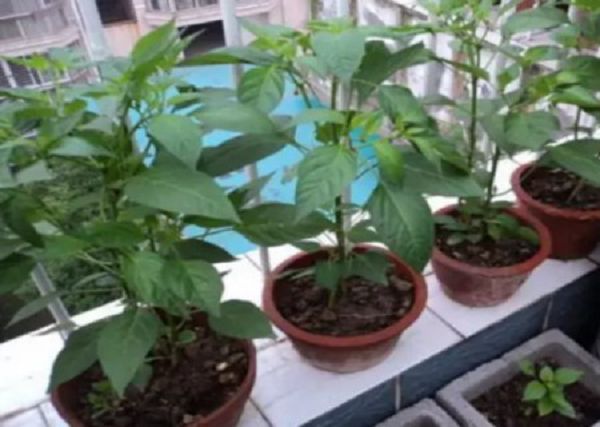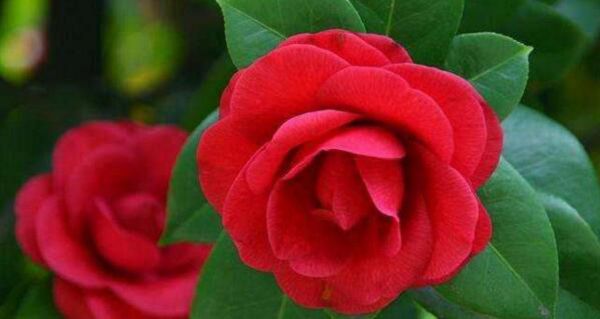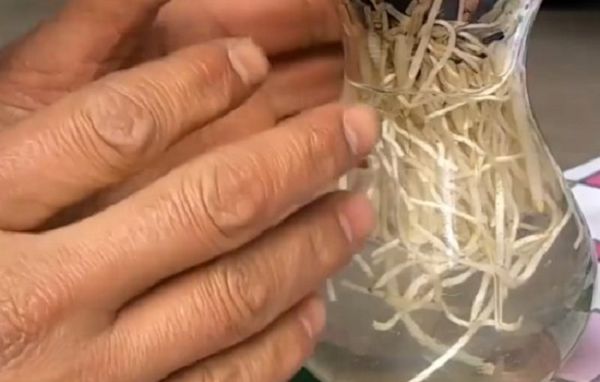Fertilization method of potted Pepper

The absorption of nutrients in pepper at different growth stages, nitrogen increased steadily with the growth progress, fruit yield increased, the absorption of phosphorus in different stages of small changes; potassium absorption in the early stage of growth is less, from the beginning of fruit harvest increased significantly until the end; calcium absorption also increased with the growth period, if calcium is insufficient in the fruit development period, it is easy to appear umbilical rot; magnesium absorption is high in the peak fruit harvest period.
If you want your pepper to bear more fruit, you need not only thin fertilizer, but also suitable fertilizer. In addition to daily topdressing, when the potted pepper is transplanted, you can add appropriate amount of decomposed cake fertilizer or animal manure under the pot soil. When pepper seedlings grow up, they can be fertilized once every half month. Organic fertilizer is the best. The soil around the root of pepper is loose and put fertilizer into it. The fertilizer must be fermented and decomposed organic fertilizer. Generally, chemical fertilizer is not used for eating by themselves. Specific fertilization techniques are as follows:
1. Fertilization characteristics
Pepper fertilizer needs large, fertilizer tolerance is strong, high nitrogen, phosphorus, high potassium vegetables. Capsicum is mainly harvested from tender fruits, so it is important to pay attention to the use of potassium fertilizer, which is very important to improve fruit quality. In addition, attention should also be paid to the application of trace elements, especially calcium fertilizer, once the lack of fruit is prone to umbilical rot.
1. Pepper likes nitrate nitrogen fertilizer: the ratio of nitrate nitrogen fertilizer to ammonium nitrogen fertilizer is 1:1.
2, pepper like potassium: pepper absorption ratio of nitrogen and potassium in 1:1.2 or more, phosphorus requirements are not high.
3. Pepper needs a large amount of calcium and magnesium: calcium is an important element that constitutes the plant cell wall, which can promote the development of cell wall and thicken the fruit; insufficient calcium supply during the fruit development period is prone to umbilical rot, and proper application of calcium fertilizer can improve the disease resistance of pepper. Magnesium is an important component of chlorophyll, magnesium deficiency will lead to interveinal yellowing of pepper; pepper needs less magnesium in the early stage of planting, but needs more magnesium in the harvest period.
4. Pepper is sensitive to boron deficiency: boron participates in the metabolism of carbohydrate in pepper, can stimulate pollen germination and pollen tube elongation, and has a special effect on promoting fertilization process; when pepper is boron deficient, the root turns black and rotted, the flowering period is delayed, and the flower is not fruited, which affects the yield.
II. Fertilization methods
Boron is involved in carbohydrate metabolism of pepper, can stimulate pollen germination and pollen tube elongation, and has special effect on promoting fertilization process; when boron is deficient, pepper roots turn black and rot, flowering delay, and cause flowers but not seeds, affecting yield.
Due to the characteristics of pepper growth and fertilizer requirements, the cultivation method is roughly similar to tomato, so the fertilization techniques are also similar.
1, basal fertilizer: seedling pot fertilization, mainly to prepare seedling soil, the substrate must be fertile soil, at the same time to apply sufficient fertilizer, otherwise it will affect the development, seedling growth depending on the application of 1-2 topdressing.
2, topdressing: pepper is also constantly hanging fruit, constantly harvesting, constantly carrying away nutrients, so it is necessary to constantly supplement nutrition, on the basis of applying sufficient base fertilizer, but also should be topdressing many times. When the fruit begins to expand, topdressing fertilizer should be applied to promote the fruit. When entering the full fruit period, topdressing should be continued for 3 times (topdressing after each fruit picking); after entering the full fruit period, the fertilizer absorption capacity of the root system decreases. Spraying once a week, three times in total, is beneficial to delaying senescence, prolonging harvest time and improving fruit quality.
According to the pepper fertilizer rules and soil fertility concave-convex, potted pepper fertilizer tips lies in heavy application of base fertilizer and topdressing, detailed fertilizer should grasp the following criteria:
1. Heavy application of organic fertilizer
Apply more decomposed organic fertilizer (such as chicken manure), and can add a small amount of enzyme fertilizer biological organic fertilizer. Dead plant disease basin, should add a little bacillus biological organic fertilizer. Of course, chemical fertilizers should also be reasonably selected. When chemical fertilizers are used as base fertilizers, simple fertilizers should be selected as far as possible, such as urea, calcium superphosphate and potassium sulfate.
2. Skillful topdressing
When topdressing compound fertilizer, try to choose nitrate-containing compound fertilizer, apply true root in seedling, transplanting and planting period, root quickly and hairy root more, which can shorten the time of pepper seedling delay and add wheat seedling resistance to adverse environment. Capsicum continuous fruiting ability, less flowers, high output value, improve quality, should be reasonable distribution of basal fertilizer, topdressing share. Under normal circumstances, organic fertilizer, micro-fertilizer, 80% phosphorus fertilizer, 50% potassium fertilizer and 30% nitrogen fertilizer are mixed evenly as base fertilizer, and the other 70% nitrogen fertilizer, 20% phosphorus fertilizer and 50% potassium fertilizer are separately applied as topdressing. For some trace elements such as borax can be foliar spray.
Related
- Fuxing push coffee new agricultural production and marketing class: lack of small-scale processing plants
- Jujube rice field leisure farm deep ploughing Yilan for five years to create a space for organic food and play
- Nongyu Farm-A trial of organic papaya for brave women with advanced technology
- Four points for attention in the prevention and control of diseases and insect pests of edible fungi
- How to add nutrient solution to Edible Fungi
- Is there any good way to control edible fungus mites?
- Open Inoculation Technology of Edible Fungi
- Is there any clever way to use fertilizer for edible fungus in winter?
- What agents are used to kill the pathogens of edible fungi in the mushroom shed?
- Rapid drying of Edible Fungi



